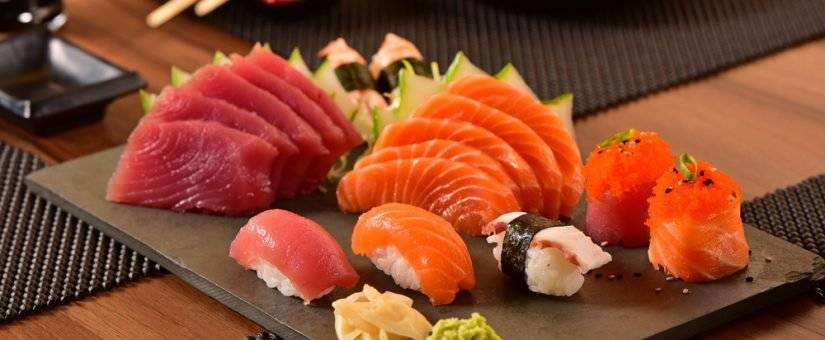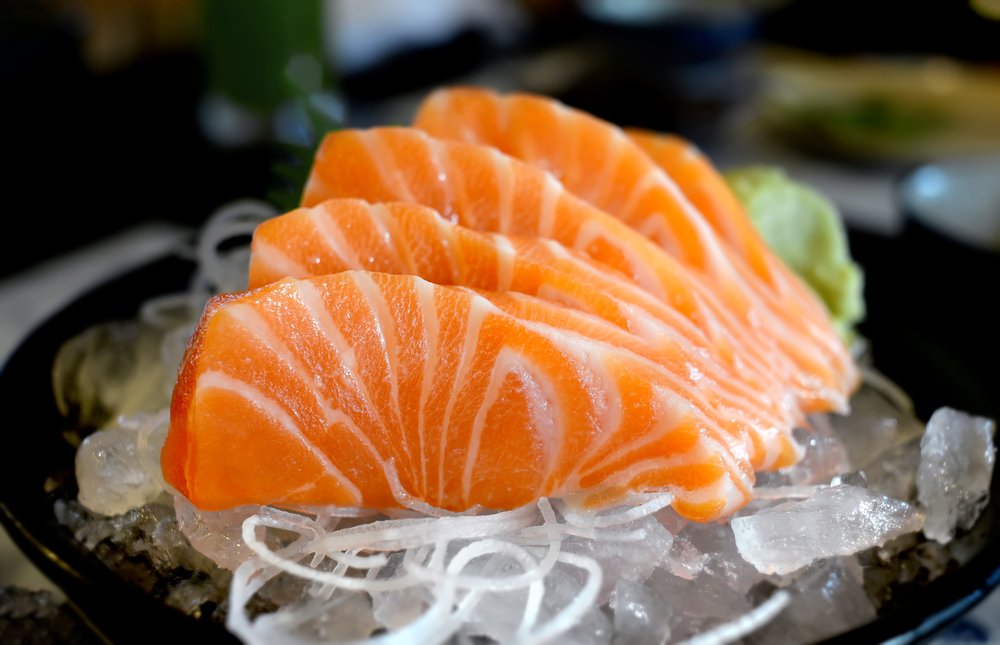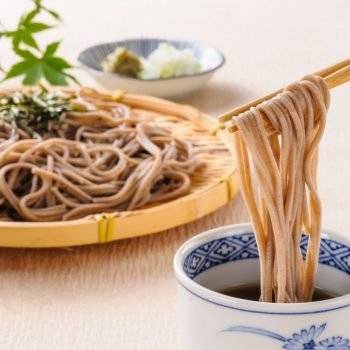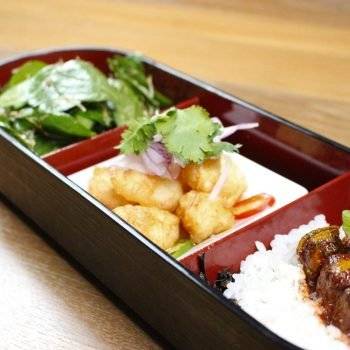
What is the Difference Between Sushi and Sashimi?
- Posted by admin
- On July 3, 2019
- 0 Comments
Inspired by traditional Japanese cuisine, sushi and sashimi can offer a deliciously diverse collection of flavors to enjoy as an appetizer or even the main entrée. Equally ideal for sharing or eating alone, sashimi and sushi has become a favorite for many foodies across the world.
If you’ve never tried sushi or sashimi, ordering it for the first time might be intimidating – and you certainly aren’t alone. However, learning a bit more about the difference between sushi and sashimi can make it simple and enjoyable to order something that you’re sure to love.
What is Sashimi?

Sashimi is a thinly-sliced piece of extremely high-quality seafood, intended to be enjoyed alone to maximize the flavor. Due to the high quality and preparation of sashimi, it is safe to enjoy raw. Popular types of sashimi include tuna, yellowtail, and salmon.
What is Sushi?

Sushi is any combination of ingredients with rice that has been marinated in vinegar, served in bite-sized pieces. A particular type of short-grain rice is combined with rice wine vinegar, resulting in a final product with a distinct flavor and texture that lends itself perfectly to the creation of sushi and sushi rolls.
Sushi can be made with seafood, as well as vegetables or eggs. It may feature only raw ingredients or can include both cooked and raw foods. You may see sushi described as one of two main types, nigiri,and maki:
- Nigiri is a bite-sized rectangle of rice (about two fingers wide), topped off with a piece of sashimi. Most nigiri is made using sashimi-grade fish, and some nigiri is made using cooked seafood such as eel and shrimp.
- Maki is presented in a roll form that’s been sliced into bite-sized pieces. Fish, vegetables, and other ingredients (both raw and cooked) are carefully rolled inside rice and seaweed and can be topped with many different complementary ingredients.
Sushi vs. Sashimi
While sashimi is a specific ingredient (thinly-sliced, high-grade seafood), sushi is the final dish, often made using sashimi. If you order sashimi at a restaurant, you can expect to be served the deliciously fresh and expertly sliced raw seafood without the addition of other ingredients, so you can truly enjoy the meat’s incredible flavor. Sushi, on the other hand, will include a flavorful, often creative combination of ingredients, which may include raw fish, cooked fish and other meats, only vegetables, and many other options.
Expertly-Prepared Sashimi and Sushi in Colorado
If learning more about sashimi and sushi has awakened your appetite, Matsuhisa has three top-rated restaurants where you can enjoy the best sashimi and sushi in Colorado. At our locations in Denver, Vail, and Aspen, guests can explore a wide variety of sushi and sashimi dishes, each one prepared by our expert sushi chefs and made using the finest ingredients.
Our signature sashimi dishes offer a modern take on the classic Japanese technique, incorporating deliciously fresh cuts of scallop, salmon, whitefish, or beef for a one-of-a-kind flavor experience. You may find that choosing from the extensive selection of sushi rolls is a challenge with a menu that features gourmet ingredients such as jumbo clam, seared tuna, quail egg, and snow crab. Luckily, the wealth of tempting options will only give you more reason to order a generous variety to share with the table, so you can try a little bit of everything.
Plan your next lunch or dinner outing at Matsuhisa and discover the true freshness and flavor of fine sushi and sashimi.
Featured Image Credit: Marcelo_Krelling
Nigiri Image Credit: In Green
Sashimi Image Credit: NPDstock


